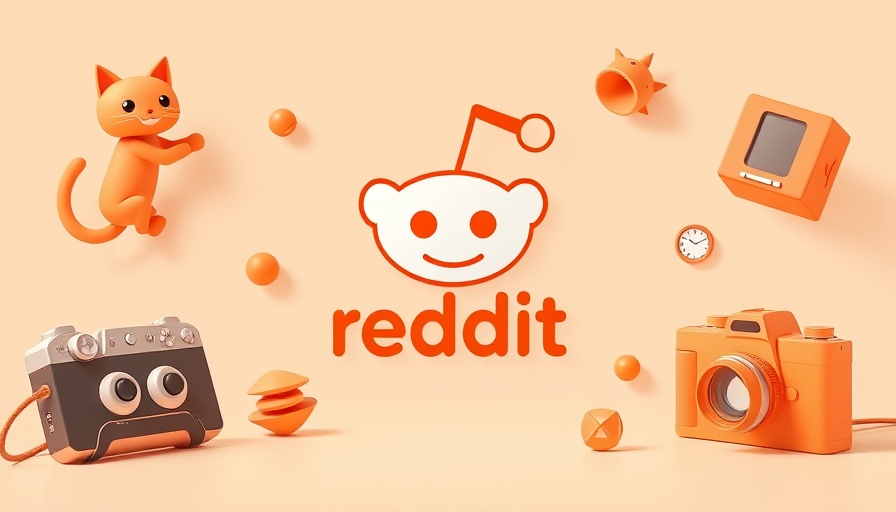
Understanding SEO and Paid Ads: A Strategic Overview
In today's fast-paced digital landscape, professionals, business owners, and marketers constantly seek effective ways to drive traffic and convert leads. Two prominent approaches—Search Engine Optimization (SEO) and Paid Advertising (paid ads)—often find themselves pitted against each other. But is waiting for SEO results worth it compared to immediate visibility through paid ads? Let’s dive into both strategies.
The Long Game: Benefits of SEO
Search Engine Optimization is a strategy focused on optimizing your website to rank higher in organic search results. While it may take time to see significant results, the long-term benefits include increased web traffic, better brand visibility, and substantial cost savings compared to paid ads.
As more consumers rely on search engines for information, appearing on the first page enhances credibility, leading to greater trust and, ultimately, conversions. Furthermore, once you achieve a high ranking, maintaining that position requires less effort compared to the continual investment needed for paid ads.
Instant Traffic with Paid Advertising
On the flip side, paid advertising provides immediate gratification. Advertisers can set up campaigns and start seeing traffic within hours. This is particularly beneficial for new businesses wanting to establish an online presence quickly or for those promoting specific products or sales events.
PPC (Pay-Per-Click) ads allow for precise targeting based on demographics and keywords, offering significant flexibility in crafting messages that resonate with specific audiences. However, the challenge arises when considering long-term sustainability; once the budget runs dry, so does the traffic.
Finding the Right Balance
Deciding between SEO and paid advertising doesn't have to be an either-or choice. In fact, many successful brands employ a blended approach, using paid ads to generate immediate traffic while simultaneously optimizing for SEO to build long-term organic growth.
For example, leveraging paid ads can help identify which keywords or content themes resonate best with your audience, insights that can be invaluable for your SEO strategy. The data gathered from PPC performance can guide your content marketing strategy, ensuring you invest your SEO efforts in areas with the most potential.
Evaluating Your Marketing Strategy
When considering whether to focus on SEO or paid ads, it’s critical to evaluate your marketing goals, budget, and timeline. Are you looking for quick traction for a new product, or do you have the time to invest in developing a robust organic presence? Each organization's unique needs will ultimately dictate the choice.
For those debating between the two, a common misunderstanding is that SEO is only for long-term initiatives. In reality, SEO can yield quick wins through effective on-page optimization and local SEO practices for businesses wanting to attract customers in their immediate area.
Key Takeaways
In closing, both SEO and paid ads hold unique advantages and potential pitfalls. An effective digital marketing strategy blends both approaches, leveraging the immediate return on investment from paid ads while fostering organic growth through SEO. Understanding your specific business needs, market environment, and audience will guide you in making a strategic decision that reaps maximum returns.
Next time you weigh your options between waiting for SEO results or paying for immediate visibility, consider integrating both strategies for a more robust approach to reaching your audience.
Call to Action: Evolve Your Digital Strategy Today!
Embrace the power of both SEO and paid advertising as you look to optimize your digital marketing strategy. With insights gained from their respective strengths, explore how these can work together to enhance your brand’s online presence!
 Add Row
Add Row  Add
Add 




Write A Comment